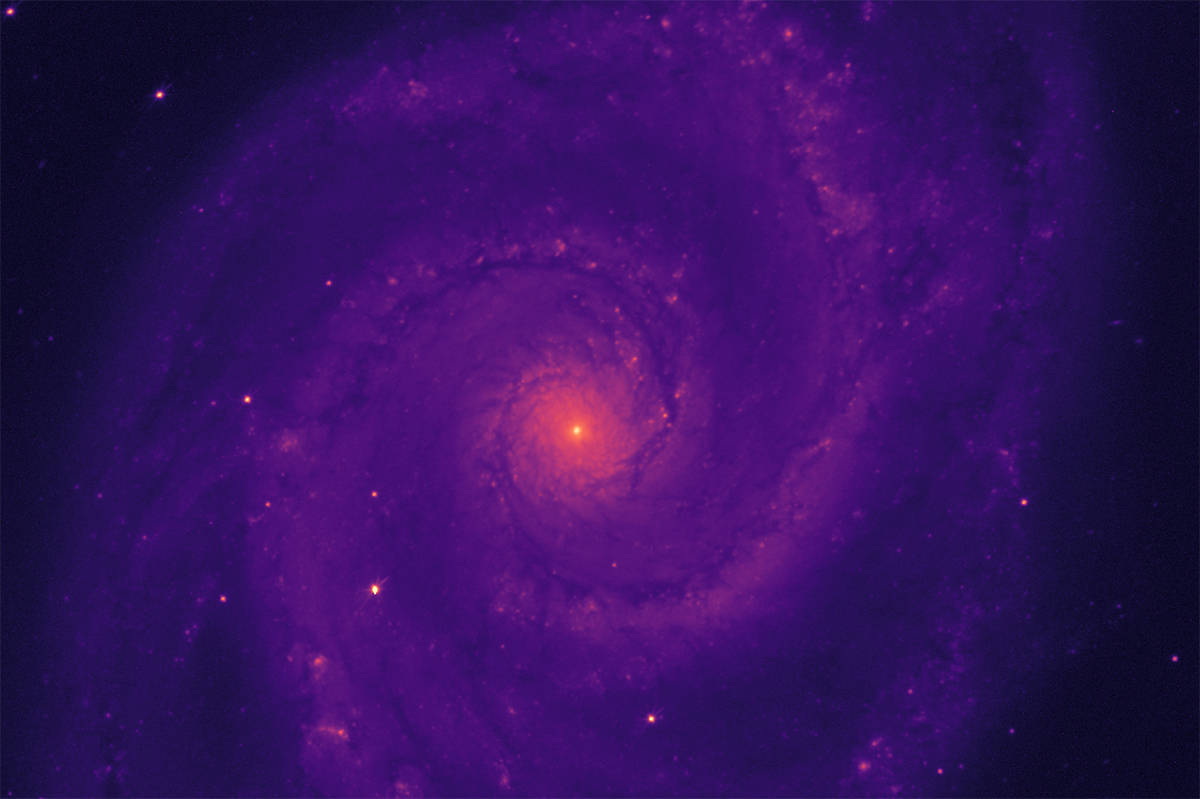Something to look forward to: DESI will utilize light from around 35 million galaxies to create an unprecedented map of the universe. That's a huge number by most standards but is a mere drop in the bucket considering scientists believe there could be upwards of two trillion galaxies in the observable universe.
Scientists recently completed "first light" testing of the Dark Energy Spectroscopic Instrument, or DESI for short, capturing an image of the Whirlpool Galaxy, a spiral galaxy that is an estimated 23 million light years from Earth.
The instrument, installed in the Nicholas U. Mayall Telescope located at the Kitt Peak National Observatory in Arizona, will help astronomers create the largest 3D map of the universe by measuring light from roughly 35 million galaxies.
The assembly consists of six precision lenses, the largest of which is 1.1 meters in diameter. Once complete later this year, the incredibly complex machine will consist of 5,000 independently swiveling robotic positioners, each with a thin fiber-optic cable. They'll all work together with an accuracy to within several microns to photograph the universe in a way that's never been done before, looking back 12 billion light years in history.
The current testing phase will last for approximately six weeks.
Scientists hope the instrument will provide new insight into dark energy, an mysterious form of energy believed to permeate all of space. Some believe dark energy contributes to the acceleration of the expansion of the universe.
